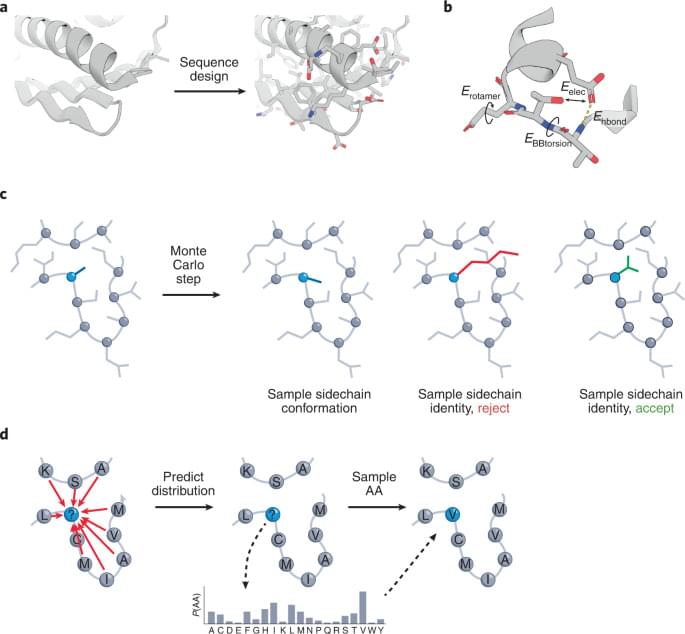😳!!!
The Moon isn’t necessarily there if you don’t look at it. So says quantum mechanics, which states that what exists depends on what you measure. Proving reality is like that usually involves the comparison of arcane probabilities, but physicists in China have made the point in a clearer way. They performed a matching game in which two players leverage quantum effects to win every time—which they can’t if measurements merely reveal reality as it already exists.
“To my knowledge this is the simplest [scenario] in which this happens,” says Adan Cabello, a theoretical physicist at the University of Seville who spelled out the game in 2001. Such quantum pseudotelepathy depends on correlations among particles that only exist in the quantum realm, says Anne Broadbent, a quantum information scientist at the University of Ottawa. “We’re observing something that has no classical equivalent.”
A quantum particle can exist in two mutually exclusive conditions at once. For example, a photon can be polarized so that the electric field in it wriggles vertically, horizontally, or both ways at the same time—at least until it’s measured. The two-way state then collapses randomly to either vertical or horizontal. Crucially, no matter how the two-way state collapses, an observer can’t assume the measurement merely reveals how the photon was already polarized. The polarization emerges only with the measurement.








